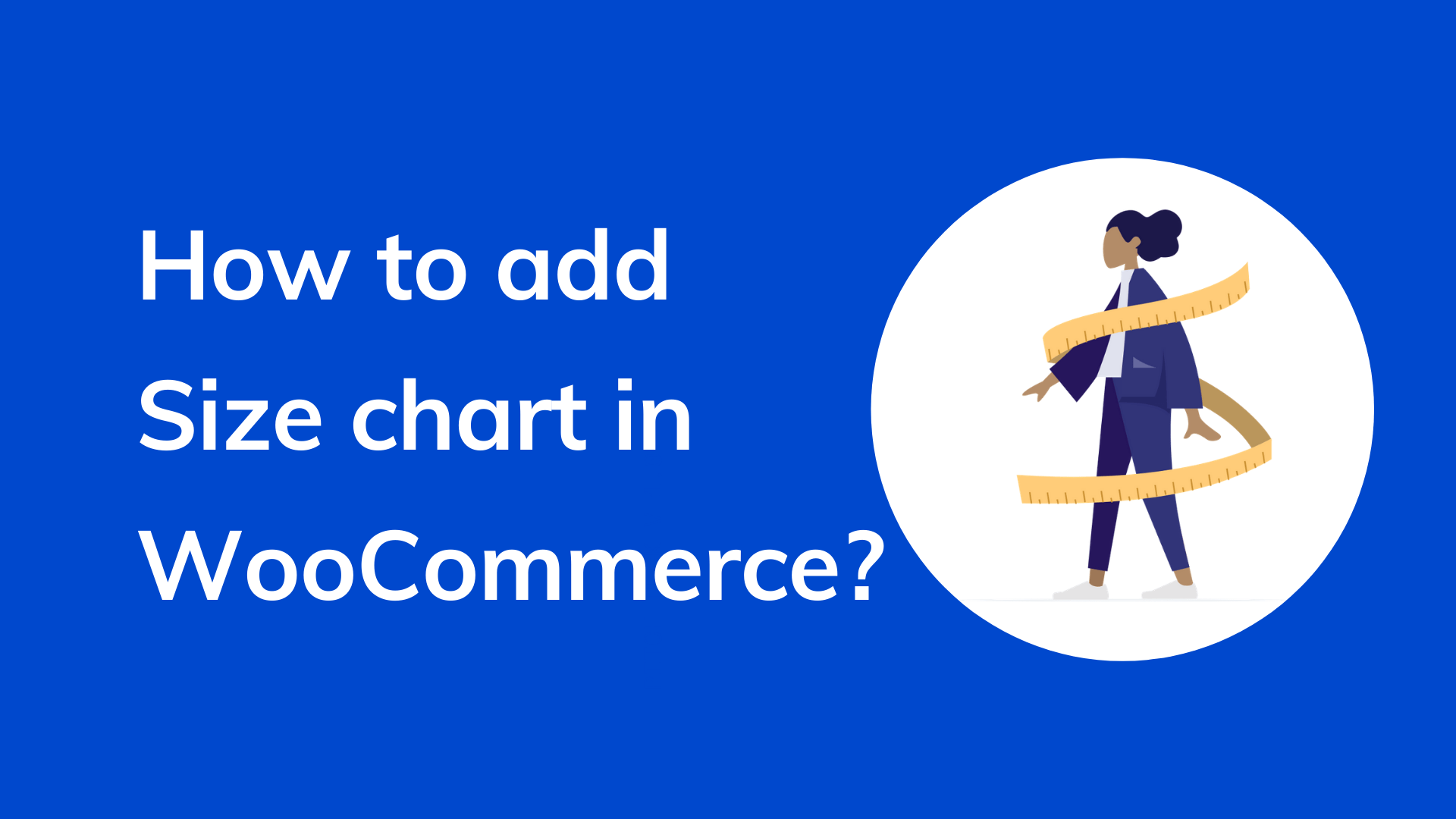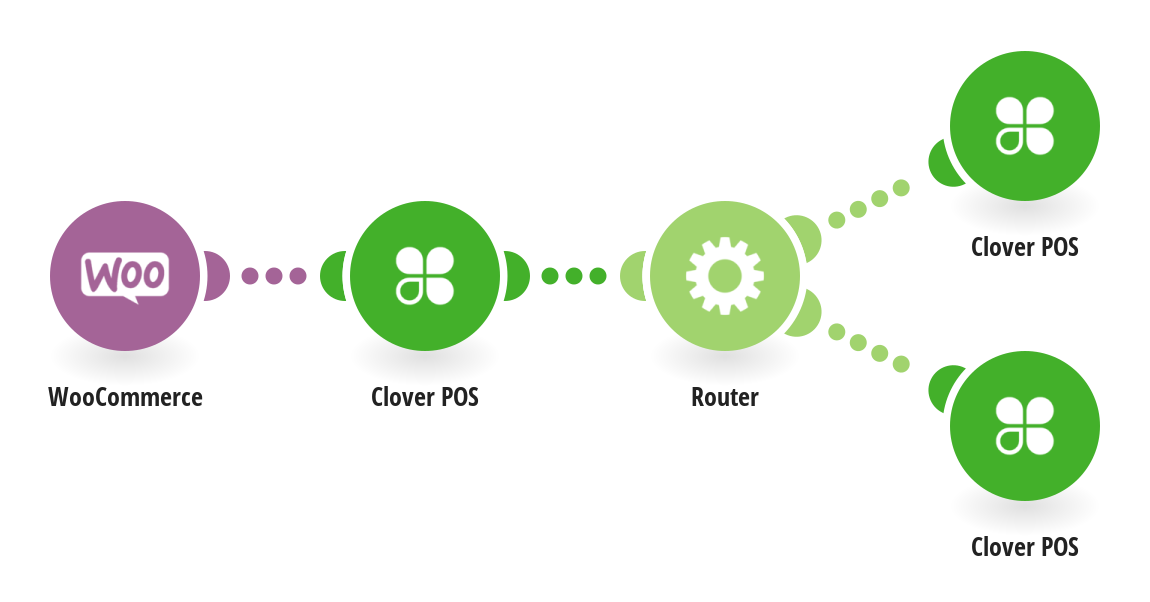Introduction
If you run a WooCommerce store, you might have already heard of GDPR. The General Data Protection Regulation seeks to protect the misuse of customer data by business operators. All store owners should comply with this data protection law to safeguard customer data privacy.
Recently, customer data theft cases have increased, leading to an intensification of fraudulent activities. Consequently, this prompted the European Union to introduce a law that would regulate online business operators to provide more transparency on how they handle data collected from their users.
This comprises the collection procedures involved, sharing details, storage, and usage of this data. Any business that fails to comply with the GDPR guidelines would face serious legal repercussions.
Join me to explore more about the GDPR guidelines and how you can make your WooCommerce store compliant to avoid fines and penalties.
GDPR Overview
The GDPR took effect on 25th May 2018. GDPR seeks to offer protection over personal data. For this reason, business owners must seek consent from customers while collecting their data. However, this does not only apply to eCommerce businesses located in the European Union zone but also other businesses globally targeting this market. Failure to comply with these guidelines is punishable. Violators pay a fine of up to € 20 million or 4% of their total revenue generated in the previous financial year, or whichever is greater.
Reasons Why You Should Comply with GDPR Regulations
Data protection and security have become an issue of concern over the past few years, with global tech giants such as Facebook, Google, and Apple facing critics over how they've been handling data collected from their users. With GDPR, the European Union ensures that its citizens have significant control over their personal data, which they share with businesses while purchasing goods or services online. This data includes their name, email address, contact information, and other personal details.
So far, the move has shown positive results as more businesses are complying with these guidelines. According to a PricewaterhouseCoopers (PwC) survey, more than 77% of US companies agreed that they were willing to pay over $1 million to comply with the GDPR guidelines.
Studies have shown that a business that complies with the GDPR guidelines will attract more customers. Besides, it's better to avoid paying hefty fines that might only cause losses to your business.
On top of that, customers will trust your business more if you comply with legal requirements, which may positively impact your business.
GDPR Guidelines
The following are some of the regulations contained in the GDPR guidelines.
Transparency - As a store owner, it's vital to communicate to your website users why you need to collect their data, the duration you intend to keep it, and if you'll be sharing it with other parties.
Consent - You need to seek permission from your users regarding the data you intend to collect from them. Only when the user has given consent can you proceed with the data collection.
Right to access - Your website users have a right to access their data wherever they need to. Besides, as a business owner, you should produce a copy of this data when requested to. However, this might be difficult for store owners using plugins that don't comply with the guidelines. Therefore, it's your duty as a store owner to ensure all your data collection tools comply with the GDPR guidelines.
Right to withdraw consent - A user has the right to revoke the permission granted to a website to retain their data. So, if they want to delete their data, you should allow them to do so.
Data breach notification - According to GDPR guidelines, you should inform your users in case of a data breach. The guidelines require that all users whose data has been accessed during the security breach be notified within 72 hours of the breach confirmation.
Effective Ways to Make Your WooCommerce Store GDPR Compliant
Modifying your website is essential to ensure that your WooCommerce business adheres to GDPR guidelines. This section will highlight some of the measures you should implement to help you comply with GDPR guidelines standards.
1. Update your WooCommerce store
To start with, you need to update your WordPress and WooCommerce to the most recent version. This is because the latest versions of these platforms have implemented new features to help you ensure that your store is GDPR compliant.
Some of the GDPR features in the latest version of WooCommerce include: personal data export, personal data eraser, data retention settings, features to prevent unnecessary data collection by hiding or making some checkout form fields optional, and bulk anonymization of data.
Therefore, it's critical to ensure that you regularly check and install the latest updates to your site to benefit from these features. Remember, you should always back up your website before testing updates. Here is more information on things you should know before updating WordPress.
2. Keep your website secured
GDPR guidelines require store owners to keep their websites secured for safety against hackers and cybercriminals. Store owners should use the HTTPS protocol to secure their sites. An SSL certificate is a prerequisite when using an HTTPS protocol.
You could also choose a reliable hosting provider, make your website PCI DSS compliant, and implement a firewall to prevent unauthorized access to secure your WooCommerce website.
3. Create a Privacy Policy page
A privacy policy is vital to inform your customers of the steps you've taken to comply with GDPR guidelines. It's necessary to include the type of data you collect from your users when creating your privacy policy page. In addition to that, you should specify why you need the data, how you intend to store that data and if you'll be sharing it with third parties. Here is a detailed guide on creating a Privacy Policy page in WordPress.
4. Create a cookie policy page
The GDPR guidelines recommend that eCommerce store owners share cookies information with their customers. Not only should you mention this information on the privacy policy page, but share it on the landing page. You can take advantage of the relevant plugins to help you achieve this.
However, due to the influx of plugins, you should be keen only to use GDPR compliant plugins in your store. Cookie Notice for GDPR and GDPR Cookie Consent are some of the best plugins to help you set up your cookie policy page.
5. Create a data breach response plan
The GDPR requires businesses to outline ways to deal with potential data breaches. Moreover, they should inform users of the data protection measures established to deal with such incidences. When a security breach occurs, you should notify all the concerned users. Hence, to comply with GDPR guidelines, you should create a robust data breach response plan to help users trust your business as they share their data.
6. Create GDPR-compliant opt-in forms
There are different types of forms used by online retailers to capture customer data. These comprise contact forms, newsletter signup forms, customer feedback forms, and more. An opt-in form is a form that enables you to capture a visitor or customer's data, such as their name, email address, and contact number. Such information is essential for marketing activities, and that's why you might find it helpful.
You'll need to create custom contact forms that comply with the GDPR standards for such reasons. Ideally, you can make your forms GDPR compliant by informing users why you need to collect their data. Your site should have an opt-in checkbox for users to check before proceeding. Also, ensure to grant consent to access, edit, or even delete their data. Customers should also have an option to opt-out from receiving communication from you. Finally, share the form with your users as soon as it’s complete.
Nonetheless, you can simplify the custom form creation process by using plugins. For instance, Mailchimp is a powerful solution to help you create custom GDPR-compliant forms for your email marketing campaigns.
7. Add a terms and conditions page
Terms and Conditions (T&C) are chiefly confused with the privacy policy. However, T&C is a legal agreement between the business owner and the customer. You can create a separate page defining your terms and conditions or add it to your store's checkout page. This will enable your users to read and accept your terms and conditions before purchasing.
To add terms and conditions to your WooCommerce checkout page, go to WooCommerce > Settings > Checkout. Select the 'Terms and Conditions' option and add a new page.
Ultimately
Putting it concisely, GDPR is a set of guidelines set to regulate businesses and websites that handle customer data from European citizens. Although it seems daunting, complying with these regulations isn't as complicated as it appears. Furthermore, you can always seek legal assistance.
Complying with GDPR guidelines will not only help you avoid paying hefty fines but also make people have more confidence in your business.
The GDPR guidelines aim to enhance data transparency, consent, right to access personal data, revoke consent of retaining the data, and notify users of security breaches.
To make your site GDPR compliant, you should start by ensuring that you're using the latest versions of WordPress and WooCommerce. Also, you should keep your website secured, create a privacy policy page, cookie policy page, and attach the terms and conditions that run your business.
So, is your business compliant with GDPR guidelines? If not, this is the right time to do so. We wouldn't mind giving you a hand! Hit us up in the comment section below for assistance!
What are the key principles of GDPR?
The GDPR has set 7 fundamental principles to ensure businesses lawfully handle personal data belonging to EU citizens. These principles include lawfulness, fairness and transparency, purpose limitation, data minimization, accuracy, storage limitation, integrity and confidentiality, and lastly, accountability.
How does the GDPR apply to processing in the EU?
The term 'Processing' refers to any activity that can be carried out on personal data. The GDPR applies to the processing of personal data by controllers and processors regardless of whether the processing happens in the EU or not.
What happens if a business does not meet the requirements of the GDPR guidelines?
A business that fails to comply with the GDPR guidelines will face a penalty of up to €20m or 4% of their annual global turnover, whichever is greater.





